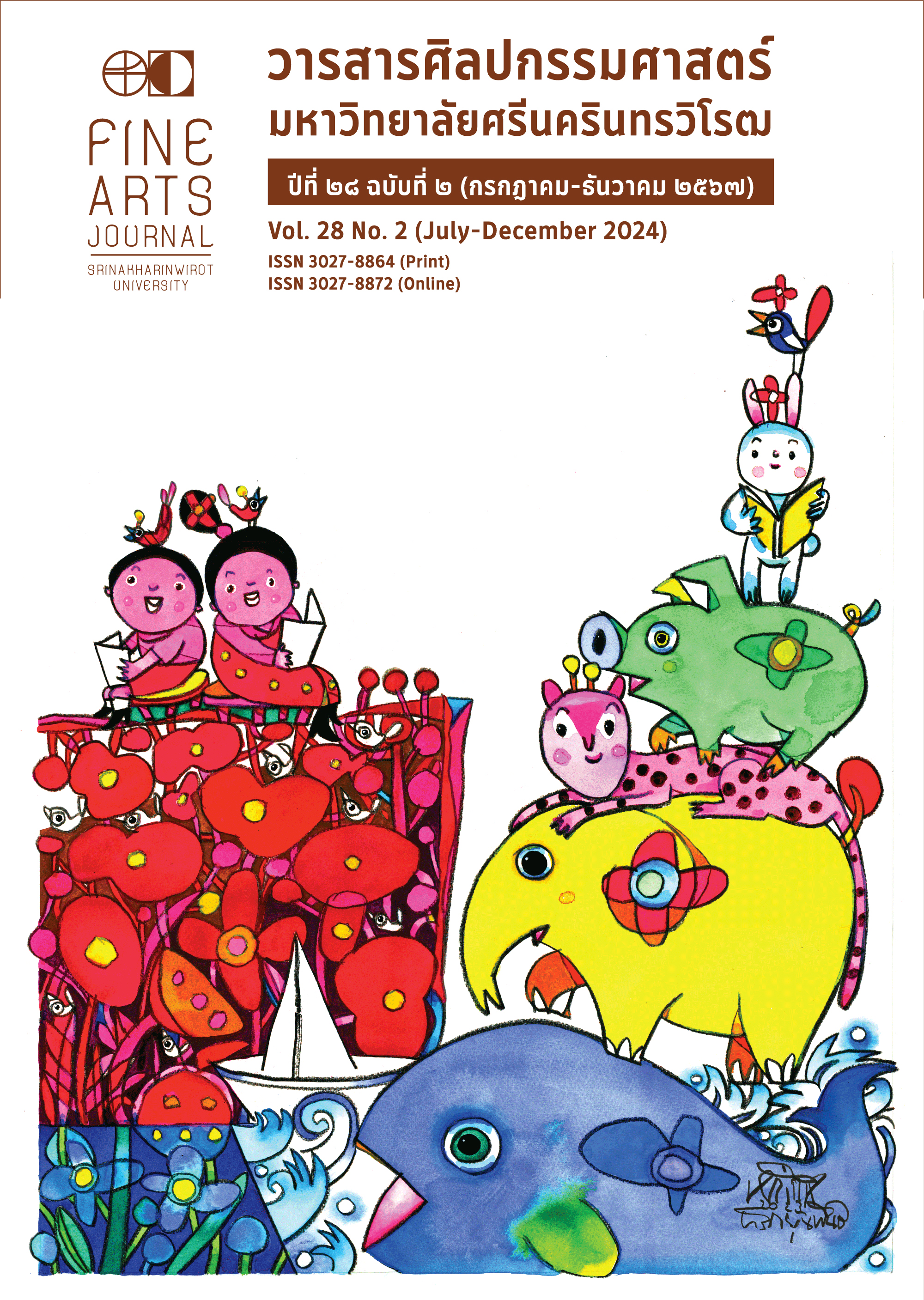THE INHERITANCE AND MANAGEMENT OF THE CRAFTSMANSHIP OF PAINTING ARTISANS IN JINGDEZHEN—RECONSTRUCTION OF CULTURAL RESOURCE MANAGEMENT CREATIVE PLATFORM WITH THE CONCEPT OF COMMUNITY WITH SHARED FUTURE
Keywords:
painting artisans, inheritance and management, cultural resource management, integration of education with industryAbstract
Craftsmen are the primary creators of material culture with significant economic and social impact, reflecting a nation’s creative spirit and exceptional craftsmanship. Jingdezhen, a city renowned for its extensive network of artisans, has long observed changes in the inheritance and management methods of ceramic artisans. Throughout historical evolution, the structure and knowledge of craftsmen have shifted under varying methods of inheritance and management. Under different modes of inheritance and management, artisans have undergone structural and cognitive changes. Unequal development of painting skills between educational institutions and industries, particularly among socially disadvantaged groups, and the loss of skills are common and prevalent issues. This paper employs qualitative research methods, utilizing documentary research, participant observation, and semi-structured interviews. Based on the decentralized management, cross-disciplinary management, and industry participation in school-enterprise cooperation management and inheritance models under the framework of cultural resource management, the study incorporates a model that integrates underprivileged industrial artisans into the educational system to form social space for a "community of shared destiny" among industry, academia, and enterprises. This involves resource integration and information flow among heterogeneous organizations, breaking the monopoly of cultural capital held by social class structures. It addresses the objective needs for the modern cultural reproduction and cultivation of artisan apprentices, raising the comprehensive skills of artisans in the industry and academia, and enhancing the cultural and economic value of the regional artisan spirit. The significance of this extends to promoting individual development and fostering profound regional ceramic cultural exchanges.
References
Li, S. J. (2016). Multi-dimensional conflict and order reconstruction of porcelain society in
Modern Jingdezhen (1903-1949) (Doctoral dissertation). Central China Normal University, China.
Marx, K. (2019). German ideology (Excerpted edition). USA: People's Publishing House.
Mills, C. W. (1959). The sociological imagination. China, Beijing Normal University Press.
Peng, Z. (2022). Jingdezhen chuan tong ci yi shu lun gao. Beijing, China: Wen wu chu ban she.
Wang, D. M., & Xu, X. Y. (2019). Implementation of vocational education youth talent training
under the "Made in China 2025" action program. Adult Education in China, (20), 16-19.
Wells, G. (1999). In search of knowledge in Dialogic inquiry: Toward a socio-cultural practice
and theory of education. UK: Cambridge University Press.
Wu, X. M. (2012). Inheritance and change: The development and research of Jingdezhen
porcelain in the Republic of China. China, Guangming Daily Press.
Xu, M. (2022). Research on innovation and development of China's cultural industry: Review
of cultural resources exploitation and cultural industry development. Journal of Guangdong University of Finance and
Economics, (06), 119-120.
Zhao, Z. Q. (2015). General annals of Jiangxi (Vol. 2). China, Zhejiang Ancient Books.
Zou, Q. C. (2017). The basic connotation and origin of "Research on Chinese artisan cultural
system and its inheritance and innovation" - Part 5 of a series of studies on Chinese artisan cultural system. Creativity and
Design, (03), 9-13.
Downloads
Published
How to Cite
Issue
Section
License

This work is licensed under a Creative Commons Attribution-NonCommercial-NoDerivatives 4.0 International License.





